
Once red blood cells are broken down, bilirubin is produced. When the level of this substance in our body is too high, a condition named jaundice appears, leading to skin and whites of the eyes turning yellow. In most cases, the excess bilirubin passes through our liver and gets expelled in the form of bile from the intestines. However, when jaundice occurs, bilirubin levels overwhelm the natural excreting processes and cause symptoms of this condition. Newborns are the most common group being affected by jaundice.
Causes behind Jaundice in Newborns
First of all, the body of a newborn tends to produce more bilirubin than the one of adults. Hence, the chances of suffering from jaundice are increased. Additionally, the liver of a newborn is yet incapable of dealing with elevated levels of bilirubin, leading to over-accumulation of this substance and an onset of jaundice. Finally, the baby may pass stool once bilirubin has already returned to the blood.
Note that increased levels of bilirubin may easily lead to cerebral palsy, brain damage or deafness. Also, jaundice may be a side-effect of a more serious, underlying health condition such as thyroid disorder or an infection.
All in all, infants should be examined for this condition during the first couple of days after birth.
Types of Jaundice
Jaundice may affect a person in many different ways. The normal jaundice, for example, is a condition which happens due to the liver's inability to deal with bilirubin. This type appears during the first couple of days after birth, lasting for not more than 2 weeks.
If premature babies are suffering from jaundice due to their inability to expel bilirubin from the body, the condition is classified as jaundice of prematurity.
Alternatively, jaundice may also be caused by substances in the mother's milk, delivered to the baby through breastfeeding. This type appears during first 5 days of a baby's life and vanishes by the end of 12th week.
Sometimes, when the baby's and the mother's blood groups are not the same, the mother's body may destroy the red blood cells of the child, triggering high bilirubin levels and, therefore, jaundice. This takes place during the first day of the child's life.
Signs and Treatment for Jaundice
The first part of the baby turning yellow is the face. Then, as the condition progresses, the discoloration may affect the chest and other body parts, along with the white of the eyes. Jaundice may appear with fever or other symptoms of general sickness. Thus, you are advised to seek medical attention as soon as you notice the signs. The child may lose appetite or may be in a bad mood, so look for these signs too.
The treatment may involve phototherapy, switching to formula or hospitalization until the excessive bilirubin levels are brought under control.


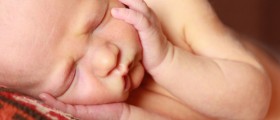
-And-Children-16-Warning-Signs-And-Symptoms_f_280x120.jpg)
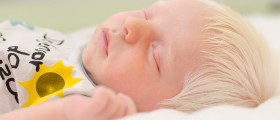
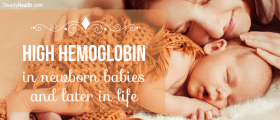
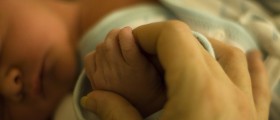
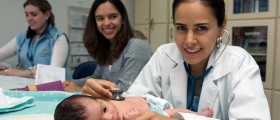
-During-Pregnancy_f_280x120.jpg)
-In-Infants-And-Older-Children_f_280x120.jpg)
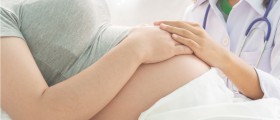

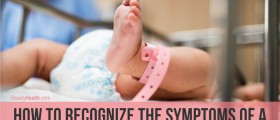
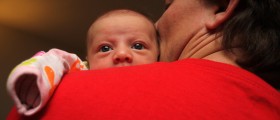
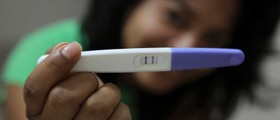
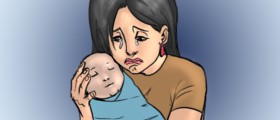
Your thoughts on this
Loading...